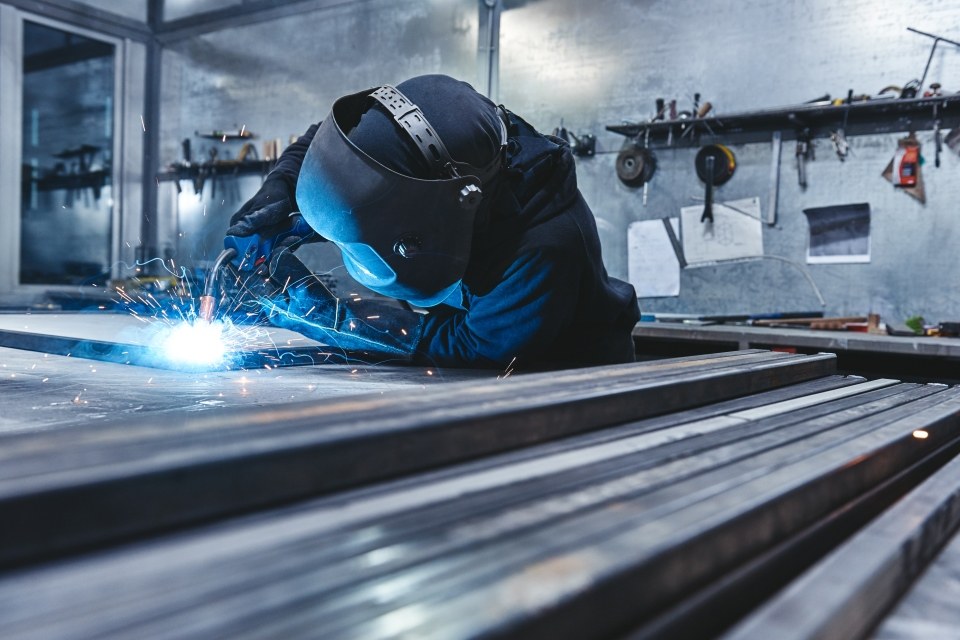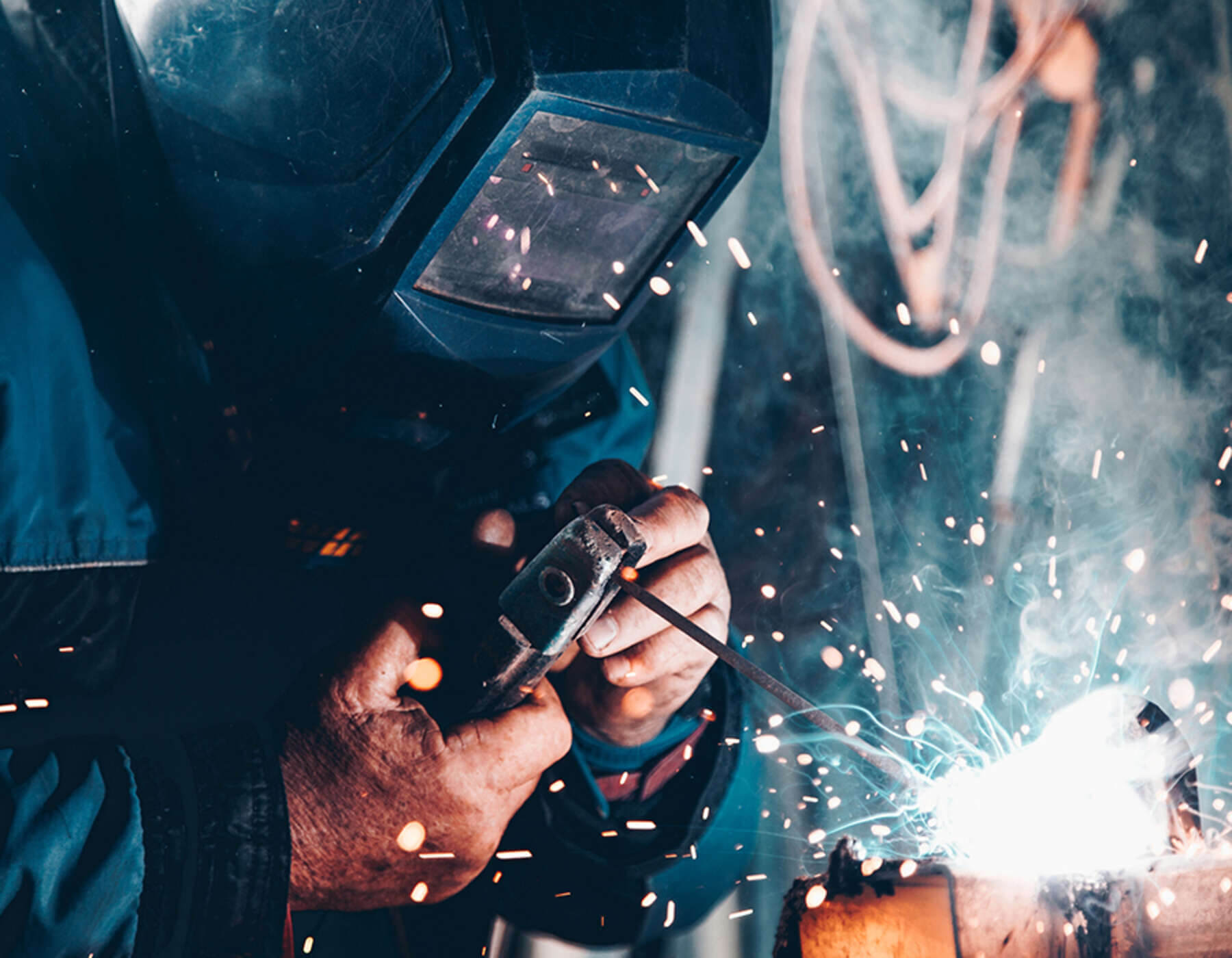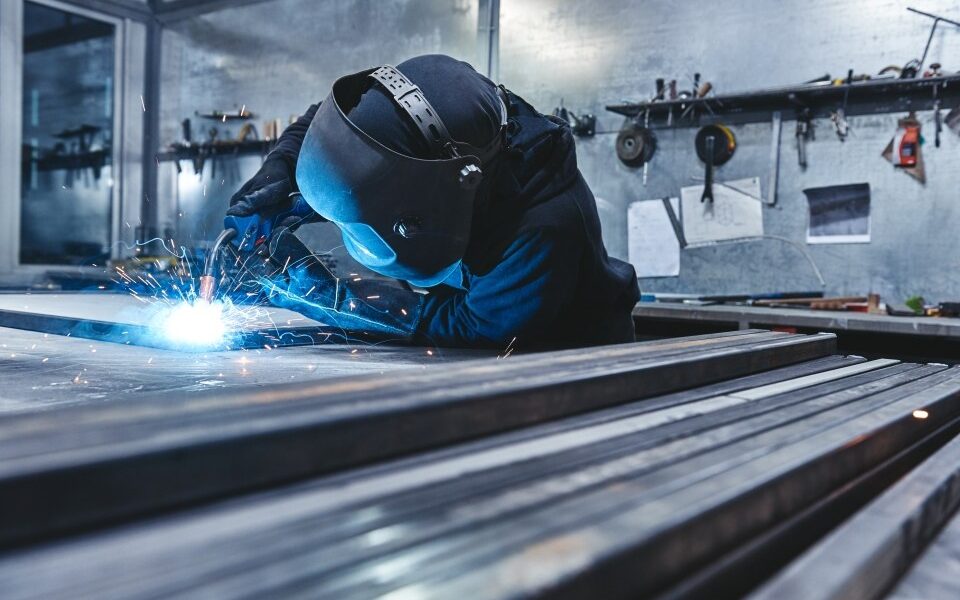
The external environment is unpredictable, and any external steel structure will be exposed to external elements, such as rain, wind, snow, and even sunlight, during the lifespan of its structural design.
And for all steel is extremely robust and resistant to many of these elements, unless treated and regularly maintained, its appearance will still be, over time, noticeably affected – and trust us, weather-worn steel can look incredibly unsightly.
You may also experience problems with the integrity of a structure affecting overall safety and composition.
The good news…
…At Morfabrication Ltd, these issues are what we work hard to avoid.
Providing solutions that avoid steelwork obtaining unsightly metal scars and decolouration, working thoroughly through fabrication processes to ensure the safety of the overall structure in question continually.
When we look into steel and structural steel further, one of the most popular questions our team gets asked is, “Is steel and stainless steel weatherproof?”
Our response….not entirely.
For all, steel is resistant to rust and corrosion; if exposed to the elements for a long period of time, wear and tear can soon begin to show.
This wear and tear comes in the form of oxidisation.
Oxidisation is the process that ultimately produces rusting, flaking, and even scarring of steel fabrication structures.
Left untreated, oxidisation can weaken the structural steel as the metal begins to erode, as once oxidisation sets in, it can be difficult to stop.
Steel structures situated on the coastline or those in extremely wet and rainy areas are more vulnerable to corrosion/oxidisation than others due to the chemical makeup of the air, i.e., salt water.
Steel that is affected by oxidisation will appear red and brown, with flakes and rust spreading rapidly.
So, how can you weatherproof steel fabrication, and where do you start?
To help increase the lifespan of your steel structure and avoid all of the pain points we’ve mentioned above, it’s vital that you start with a good design.
This means from the very beginning of your concept stage; you must take into consideration stainless steel weatherproofing tips such as providing adequate drainage breaks, creating airflows throughout the building/structure, coating the steel with protective substances before construction, etc.
It’s also advisable to avoid dusty and dirty areas if possible and clean steel as regularly as required.
Building these aspects in at the design stage can prevent complications in the future that can cause more stress, hassle, and cost.
We’ve touched on it slightly above, but another way of waterproofing metal is by painting or powder coating the steel.
For painting, we advise this is carried out every 5 to ten years, depending on appearance and structure. Specialist paint for steel beams and other areas can help to prevent corrosion by forming a barrier making it harder for water and air to reach the metal structure and cause damage.
Powder coating is also a popular process whereby electrostatic powder is sprayed (in the factory) directly onto the steel. Once the entire piece is covered in powder, it is then placed in an oven and baked until it is hard.
During the baking process, the powder runs over the steel, setting into the shape and producing a robust and long-lasting finish.
Metal bridges are the best example of a steel structure that uses powder coating techniques.
You can also look to galvanise steel with hot zinc. Zinc is a naturally produced element with inherent corrosion resistance, making it perfect for steel structures.
This process of bespoke steel fabrication helps to fend off rust by adding a protective coating to the top of the metal. For example, when zinc sets on the steel, it forms a protective layer between the steel and the environment. What’s good to note is that the layer of zinc will oxidise first before attacking the steel, providing you with enough time to find a solution to the issue of oxidisation while also increasing the lifespan of your steel structure considerably.
However, for all galvanising steel with hot zinc provides many benefits, it’s important to note that it is not a permanent solution.
Then we come to stainless steel.
Stainless steel is an alloy containing 10% chromium which is water resistant, helping to reduce the risk of oxidisation considerably; however, for all economical, stainless steel is more expensive than traditional steel, and this should be built into budgets and, again, design plans from the start.
Local steel fabricators
Any steel structure exposed to external elements for extended periods will, unfortunately, feel and face some adverse effects.
The good news is our steel fabricators are professionals in all aspects of fabrication. We work with you and your design to ensure we achieve the right solution, a solution that works and is sustainable.
To learn more about our processes and how we work, call us on 0191 816 2718 or email info@morfabrication.com

